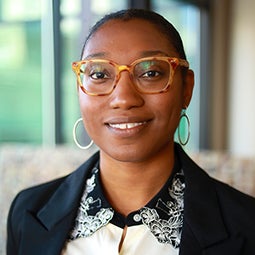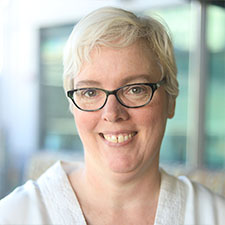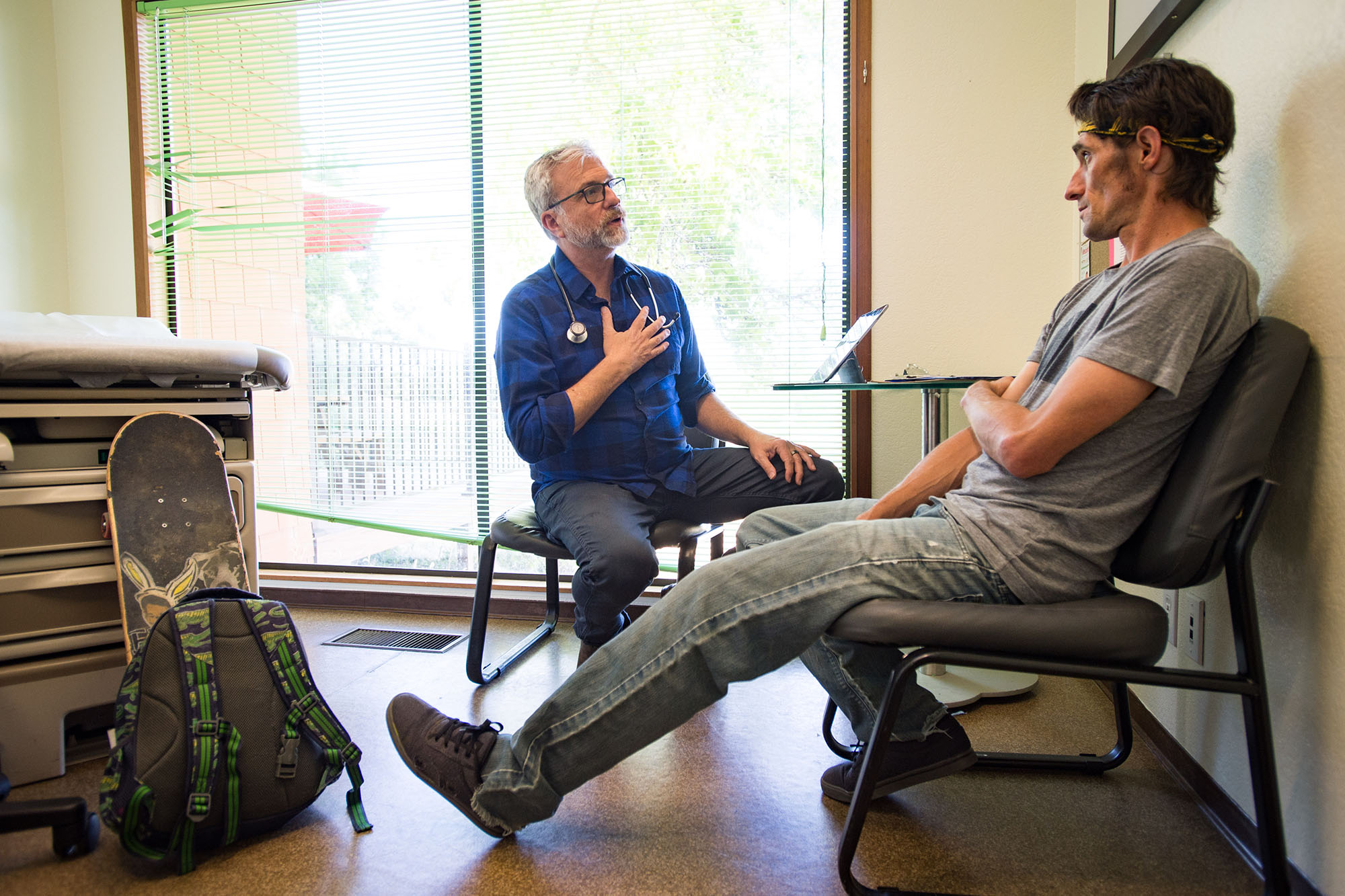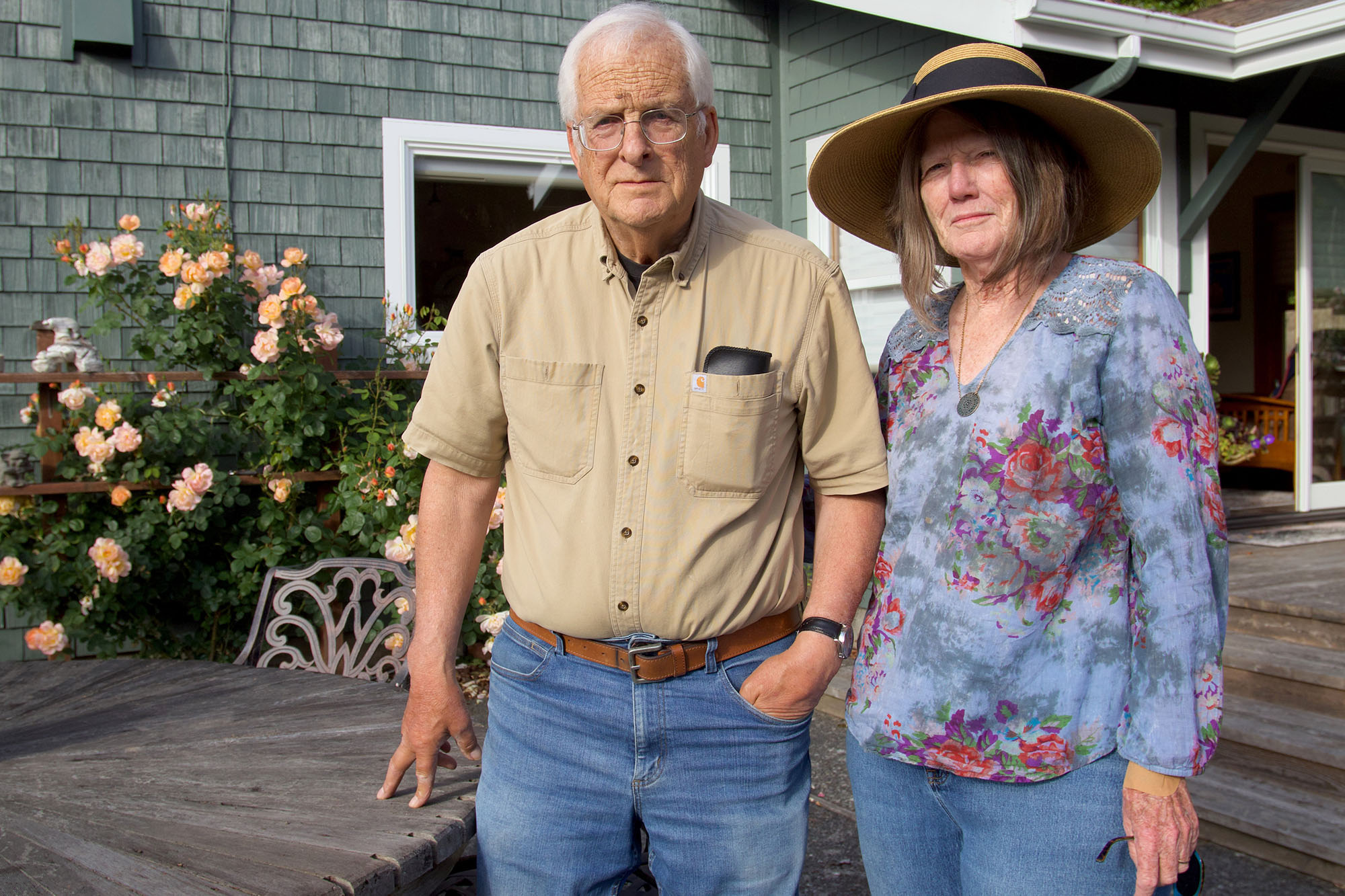|
Getting your Trinity Audio player ready…
|

I grew up just 18 miles away from the beautiful estates and beaches of Monterey, and yet it seemed like I lived in a completely different world. My world – the rural community of East Salinas – was surrounded by miles of agricultural fields where my mother and neighbors worked, picking and packaging local crops. We were cut off not only from the physical beauty of Monterey, but also from the city’s systems that directly and indirectly support good health, like adequate education and health care. In my hometown, those services were flawed, and they remain so today.
East Salinas has for generations been defined by the labor and hardship of people segregated by race and class who have nonetheless worked to build better lives for themselves and their families. In this community of farmworkers, I saw and understood my neighbors, and we helped each other. That sense of connection and familiarity never left me and has grounded my adult work. The agricultural workers of East Salinas faced a wide range of social inequities, but what stood out the most then, and what has become especially prominent now as I work to improve health workforce policy, were the economic disadvantages we faced and the subpar health care available to us.
My mom had a chronic illness, and as a teenager I took on the responsibility of helping her navigate the health care system. Our experiences — hers as the patient, mine as the daughter and caregiver — taught me about the many inequities in health care access, quality, and affordability that farmworkers and Black Californians face. We routinely endured horrible wait times, received misguided and ineffective treatments, and felt a profound sense of dread and worry when we sought medical care. My mom’s well-being was in the hands of people who could neither see nor understand her health, including doctors who didn’t believe she was experiencing pain. What she really needed was culturally competent care. That’s why she would go to the hospital only as a last resort, which led to unnecessary and exhausting stays in the intensive care unit.
Despite all this, I believed that the system could work.
Overworked Health Professionals
In high school, I was able to participate in an internship program that arranged for students to shadow health professionals in local hospitals. For the first time, I recognized failures in the health care system from the perspective of health professionals who were overworked, overburdened, and forced to deal with their workplace traumas alone. This gave me insight into what was happening behind the scenes when my mother’s ICU nurse failed to respond to a pager or when we had to wait hours to get bad news we were anticipating.
At the end of the eight-week program, I thought, “What if I were to become a doctor?” Then, I could use my position to support efforts to fix structural problems and help people with low incomes navigate the system and take ownership of their health.
Even as a high school student, I recognized medical mistreatment as being the result of social biases and entrenched racism that overrode principles of science, fairness, and care. I knew that changing health care in my community would require more doctors who represented us and who would not perpetuate harmful biases. Today, as a health policy practitioner, I can see that my teenage self was dedicating her life to “systems change” without ever hearing the phrase.
After graduating high school, I left East Salinas for UC Berkeley, where I was a first-generation college student who often felt like an impostor. I wondered whether someone like me – a Black woman raised in a single-parent household – could make it to medical school.
“We need to make room for the next generation of health professionals who look like the Californians they will serve. Lives depend on it.”
Despite doubts, I held onto my mission to practice medicine in East Salinas. I did not anticipate the roadblocks I would encounter. Starting at Berkeley, I experienced the effects of graduating from a low-performing high school. I was unprepared for college-level science and mathematics courses, and as a result, my college experience was traumatic. Even though I always loved and enjoyed science, whenever I walked into a chemistry or biology lecture and saw a sea of faces that did not look like mine, I was reminded of Black underrepresentation in science, technology, engineering, and math, or STEM.
That underrepresentation was reinforced by the overwhelmingly White classes, professors, and teaching assistants. Those structural imbalances made me feel uncomfortable seeking guidance from professors or speaking up, and I internalized the idea that I didn’t belong. Unfortunately, my experience was typical of youth of color and first-generation students.
In tough moments, I thought of my family and East Salinas. I summoned the courage to ask a classmate who was also struggling with quizzes if we could help each other by forming a study group. We quickly grew from a group of two to five “back-of-the-lecture-hall dwellers.” We became friends and built a community that reminded me of home, gave me a sense of belonging, and provided all of us with renewed energy for improving health care in the future as health professionals. While my new friends and I came from a variety of cultures, we all were working to overcome the racial bias that was baked into the system.
Finding the Pipeline
Through my friends, I heard about a seemingly unimaginable pipeline program that offered group tutoring in STEM and access to internships and mentors. The Biology Scholars Program (BSP) provides a supportive community to help students with low incomes from diverse racial and ethnic backgrounds succeed academically at UC Berkeley and thrive in their careers. For 30 years, BSP has improved the lives of STEM and pre-medicine students. Many of my study group members had applied for the program’s limited number of spots, and the anticipation left me biting my nails. I remember saying, “I have to become a BSPer!”
Fortunately, I was selected, and the program was my saving grace, providing academic support, mentorship, counseling, career exposure, supportive peers, and access to other pipeline programs, such as Mentoring in Medicine and Science. Through BSP, I gained confidence and found a place that recognized my traumatic experiences and helped me heal from them. Programs like BSP are invaluable to many students like me. They provide resources and offer a fighting chance for students of color to compete in a system that routinely excludes them.
Like many of my BSP peers, I was the first in my family to overcome these challenges and graduate from college. Through our collective experiences, I learned an important lifelong lesson: that individual drive is essential but not sufficient to become a health care professional.
Switching Patients
As I deliberated over whether to apply to medical school and take on substantial student debt, I had an epiphany: if my practice were treating the health care system itself instead of patients, I could create greater opportunities for students lacking a clear path into the health professions and develop long-term economic benefits for communities like East Salinas. It became my new dream to help expand the pipeline for students who are raised in low-income communities of color like I was. I was confident that I could help shepherd the next generation of underrepresented students into careers providing high-quality care in their own communities.
This led me to spend almost a decade working at the Alameda County Health Pathway Partnership, where I provided career exposure, mentoring, and jobs to youth interested in health professions. Through dedicated support and trauma-informed programming, hundreds of my students have been able to reach their professional goals of attaining higher education, landing health care jobs, and even becoming doctors themselves. I’ve documented the barriers my students face and the many ways that pipeline programs enable them to have a lifetime of opportunity.
The powerful stories shared by students and staff clearly demonstrate how adjustments in the system have transformed their lives and those of their families. They also bear witness to the powerful impact of highly-educated individuals returning to their communities. Through that work, I realized my dreams of developing clear paths for Black and Latino/x students to become health care professionals, and that in turn empowered me to dream bigger. Today, I continue to lift up the importance of pipeline programs in advancing higher education and health employment opportunities for those students and consequently reducing health disparities for vulnerable California communities. At the California Health Care Foundation (CHCF), I continue to focus on expanding diversity in California’s health workforce and improving the lives of Californians in communities like East Salinas. I look for ways to increase the number, diversity, and geographic distribution of health care professionals in the state.
CHCF’s investment in the California Medicine Scholars Program (CMSP) does just that. CMSP is a statewide, structured pathway producing physicians of color from marginalized California communities. Research shows that Black, Latino/x, and Pacific Islander physicians are more likely to practice in medically underserved areas than their white counterparts. CMSP’s four Regional Hubs of Healthcare Opportunity in Greater Sacramento, San Joaquin Valley, San Diego, and Riverside enroll 200 community college students annually into streamlined pathways that provide on-ramps to medical school. The pilot program, a recommendation of the California Future Health Workforce Commission, is funded with an initial $10.5 million allocation from the state budget and ongoing support from the California Department of Health Care Access and Information.
By investing in statewide health pipeline programs and workforce initiatives, we can reduce systemic barriers in education and employment for Black and Latino/x students at all stages of their health careers. We know students cannot do this on their own — they need academic and professional systems designed to scale a diverse health workforce pipeline. We need to make room for the next generation of health professionals who look like the Californians they will serve. Lives depend on it.
Authors & Contributors

Sequoia Hall
Sequoia Hall is a health equity fellow at the California Health Care Foundation, where she works with the Improving Access team to expand the workforce in areas not well served by the health care system so that providers reflect the communities they serve. She also works with the team to improve health equity for Medi-Cal enrollees by expanding timely access to high-quality, culturally competent care.
Prior to joining CHCF, Sequoia was a program manager for the Alameda County Health Pathway Partnership, which aims to increase the diversity of the health care workforce. She is a board member for Comunidades Indígenas en Liderazgo, an Indigenous women-led nonprofit organization, and she previously served on the board of The California Endowment’s East Oakland Building Healthy Communities initiative. Sequoia received a bachelor’s degree in social welfare from the University of California, Berkeley, and a master’s of public administration from the University of Southern California.






